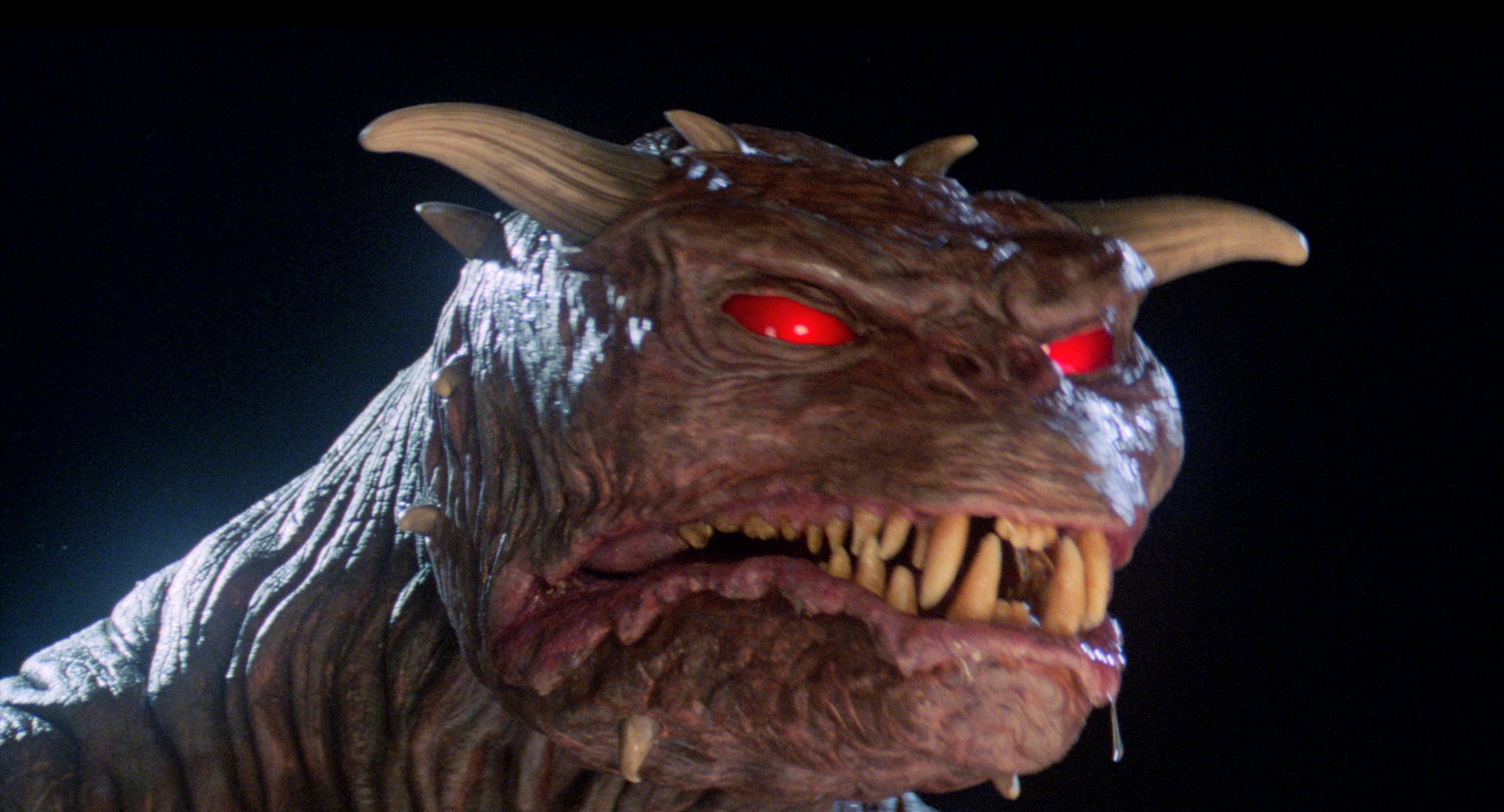The Royal Ontario Museum in Canada has gone above and beyond in naming a newly-discovered dinosaur species: Zuul, a beast from the cult favorite film “Ghostbusters” of the ‘80s.
For those unfamiliar with the character, Zuul is the enormous, dog-like creature with armored skin that takes possession of Sigourney Weaver’s character in the original movie, Fox 40 reports. This new species was named because scientists discovered that after putting the fossilized bones of the ankylosaurid – or armored – dinosaur together, the creature bore a striking resemblance to the fictional character.
According to the museum, the dinosaur and the demon both exhibited a “short, rounded snout and prominent horns behind the eyes,” Business Insider reports. It also had a 10-foot-long tail, which was also armored. The crurivastator, which means “destroyer of shins,” lived some 75 million years ago. It was most likely an herbivore, weighing around 5,500 pounds ad measuring a total of 20 feet long – as big as a white rhinoceros.
Dr. Victoria Arbour, lead author on the study, said,
I had really wanted to use that for a long time and I was saving it for a specimen with a really well preserved tail. I wasn’t going to get a better choice than with this fellow.
The dinosaur was found in the Judith River Formation of Montana.
Dr. David Evans, Temerty Chair and Curator of Vertebrate Palaeontology at the Royal Ontario Museum and lead on the project, said, “The preservation of the fossil is truly remarkable. Not only is the skeleton almost completely intact, but large parts of the bony armor in the skin are still in its natural position.”
“The spikes running all the way down Zuul’s tail were a fantastic surprise to me — like nothing I’ve ever seen in a North American ankylosaur,” Arbour added. “It was the size and shape of the tail club and tail spikes, combined with the shape of the horns and ornaments on the skull, that confirmed this skeleton was a new species of ankylosaur.”
The study was published in the Royal Society Open Science.
























